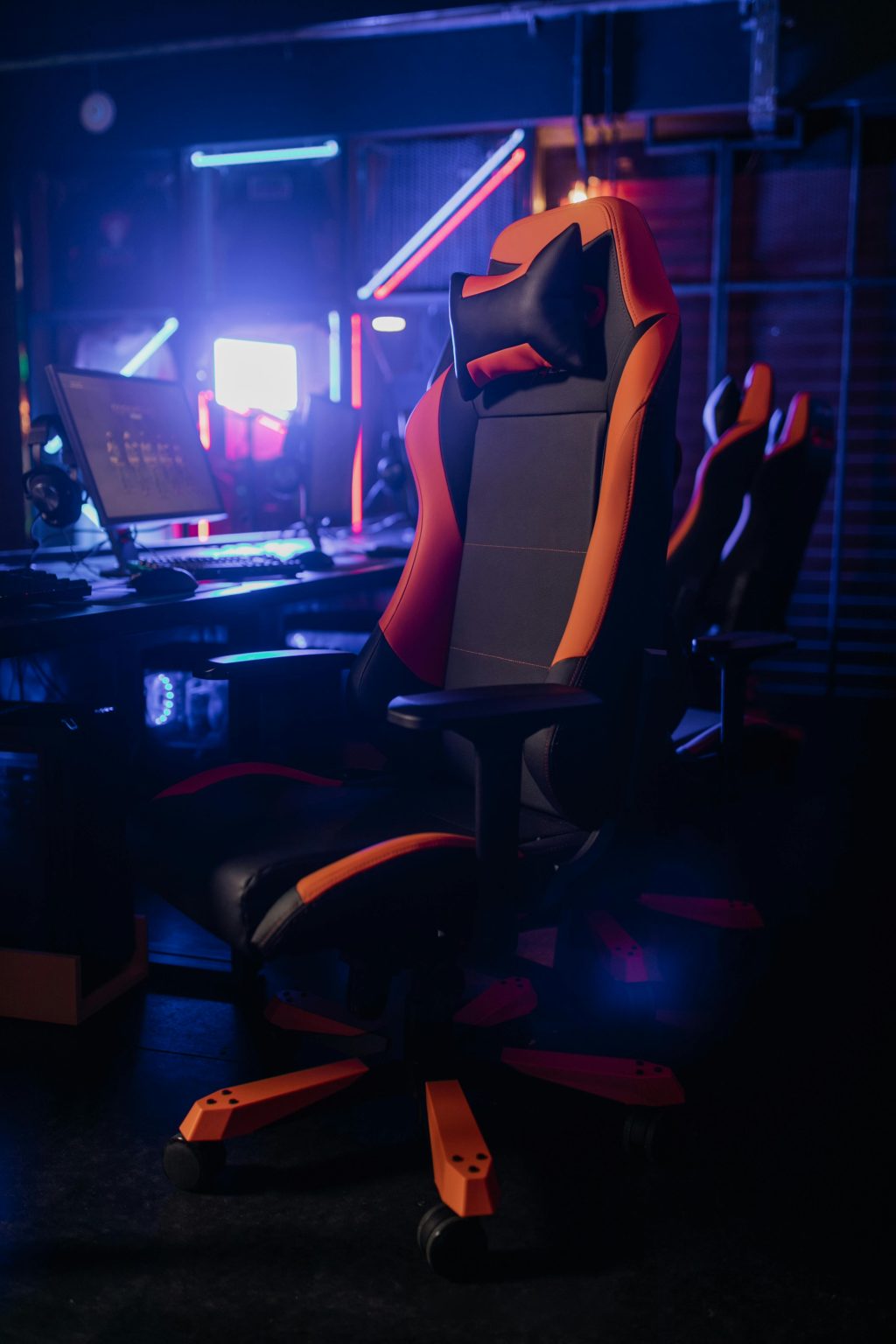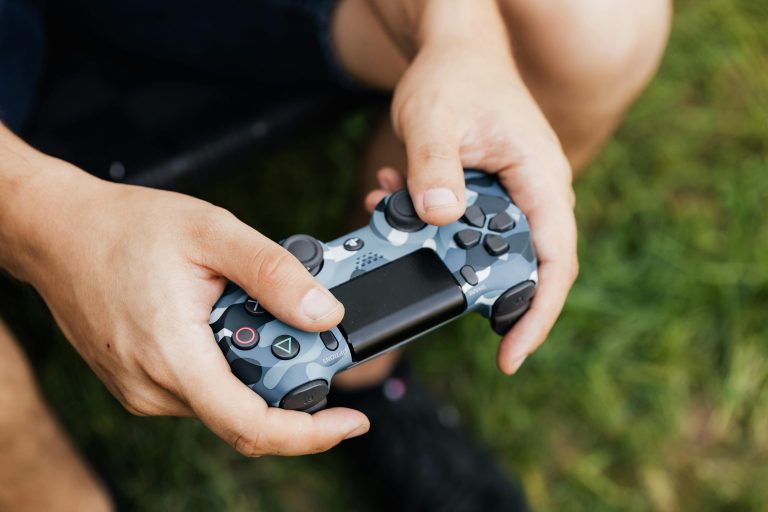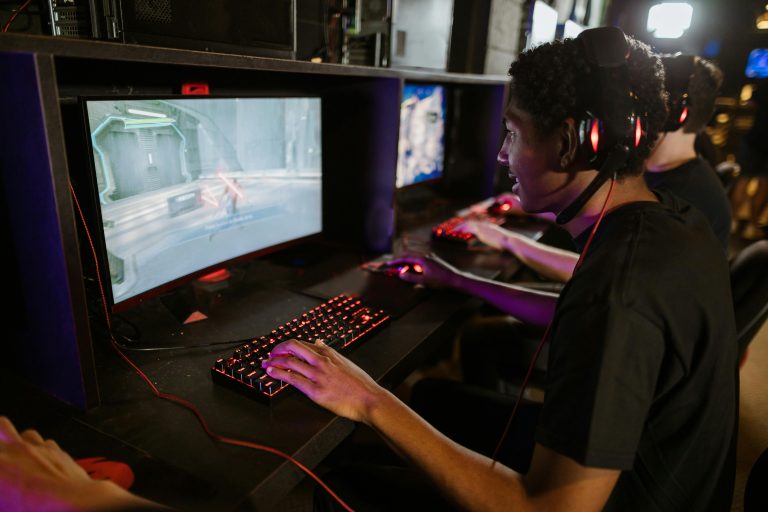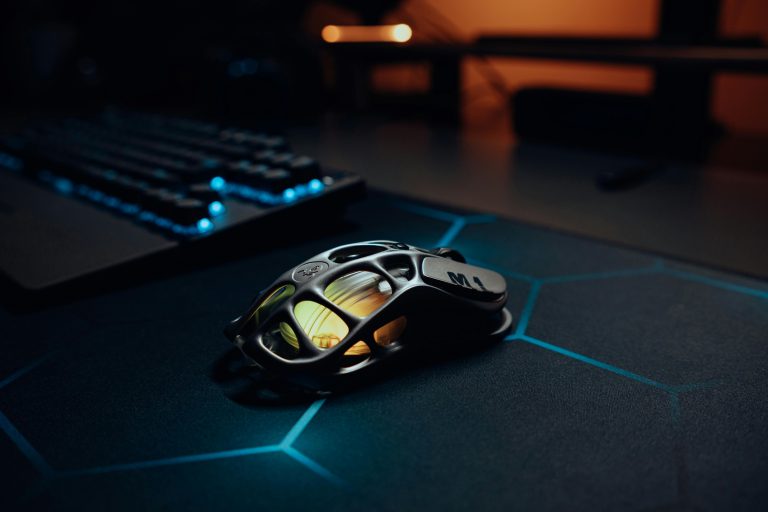
The roar of the crowd, the flash of lightning-fast reflexes on screen, the multi-million dollar prize pools—esports has undeniably arrived as a mainstream spectacle. But beneath the glitz and glamour of professional gaming lurks a persistent threat that undermines its very foundation: cheating. For years, the battle against aimbots, wallhacks, and other illicit software has been a cat-and-mouse game, relying on human observers and rudimentary detection systems. However, a new, powerful ally has entered the arena, shifting the balance decisively in favor of fair play. Artificial Intelligence is now at the forefront, revolutionizing esports by deploying sophisticated algorithms to detect cheaters, protect competitive integrity, and ensure the future of the sport is built on skill alone.
Beyond Human Limits: The AI Advantage in Cheat Detection
Traditional anti-cheat methods, while valuable, have significant limitations. Client-side software can be bypassed or reverse-engineered by determined hackers. Human admins reviewing reports or broadcasts can only process so much information and are susceptible to missing subtle, sophisticated cheats. This is where AI excels. Machine learning models, particularly a branch of AI called deep learning, are trained on colossal datasets of gameplay. This data includes millions of hours of both legitimate player actions and confirmed cheating behavior.
By analyzing this data, the AI learns to identify patterns invisible to the human eye. It doesn’t just look for known cheat signatures; it learns what human play looks like—the natural randomness in mouse movements, the slight hesitations before decisions, the field of view limitations. When a player’s actions deviate from these established patterns of human behavior with superhuman precision or impossible knowledge, the AI raises a red flag. It can process thousands of data points per second—from click patterns and reaction times to camera movement and positioning—creating a comprehensive behavioral biometric profile for every player.
The AI Toolkit: How Machine Learning Catches Cheaters
AI-powered anti-cheat systems employ a multi-faceted approach to ensure accuracy and reduce false positives. The primary techniques include:
- Anomaly Detection: This is the core function. The AI establishes a baseline for normal, human gameplay. It then continuously monitors live matches for statistical outliers. For example, an aimbot might produce mouse movement graphs that are perfectly smooth and linear, a physical impossibility for even the most skilled human player. The AI detects this unnatural perfection instantly.
- Computer Vision Analysis: AI can review game footage much like a human admin, but with far greater speed and consistency. Using convolutional neural networks (CNNs), the system can analyze screen pixels to detect visual cheats like wallhacks. It can identify instances where a player’s crosshair seems to “lock on” to an enemy model through a solid wall or tracks a target with a consistency that defies probability.
- Predictive Behavioral Modeling: Advanced systems can predict player actions based on the current state of the game. If a player consistently makes the perfect tactical decision with no information gathering—such as pre-firing at an exact location where an enemy is hiding without any audio or visual cues—the AI can identify this as a potential information-based cheat.
From Reactive to Proactive: Preventing Cheats Before They Happen
The most significant shift AI brings is from a reactive to a proactive security posture. Older systems often only catch cheaters after they’ve already ruined matches and leaderboards. AI, however, can identify cheating in real-time, potentially allowing for interventions mid-match. Furthermore, by analyzing trends across the entire player base, AI can detect new, previously unknown cheat software as it emerges.
When a new cheat is developed, its first few users will exhibit similar, subtle behavioral anomalies. The AI cluster analysis can group these players together based on these shared anomalies, flagging them for investigation long before the cheat becomes widespread. This allows developers to patch vulnerabilities and update their anti-cheat systems to recognize the new threat, effectively staying one step ahead of cheat developers.
Building Trust and Protecting the Ecosystem
The impact of AI in esports extends far beyond simply banning offenders. Its presence is a powerful deterrent, discouraging players from attempting to cheat in the first place. Knowing that an intelligent, ever-vigilant system is watching fosters a healthier competitive environment. This builds crucial trust among players, teams, sponsors, and fans.
For organizers and developers, robust anti-cheat powered by AI protects massive financial investments. It ensures that prize money is awarded fairly and that the reputations of major tournaments remain untarnished by scandal. For aspiring professional players, it guarantees that their path to the top is determined by dedication and skill, not by who has the best cheat subscription. This integrity is essential for esports to continue its growth and be recognized as a legitimate sport on the world stage.
Conclusion: The Unblinking Guardian of Competitive Gaming
The integration of Artificial Intelligence into esports anti-cheat systems is nothing short of a revolution. It has moved the fight against fraud from a manual, often futile effort to an automated, data-driven science. By analyzing gameplay at a granular level, AI serves as an unblinking guardian, capable of detecting the faintest traces of foul play with superhuman accuracy. While the battle against cheating will likely never be completely over, AI has provided the tools to win the war. It ensures that the highlights we celebrate, the champions we crown, and the future of esports itself are built upon the authentic, awe-inspiring skill of human players, preserving the spirit of fair competition for generations to come.






